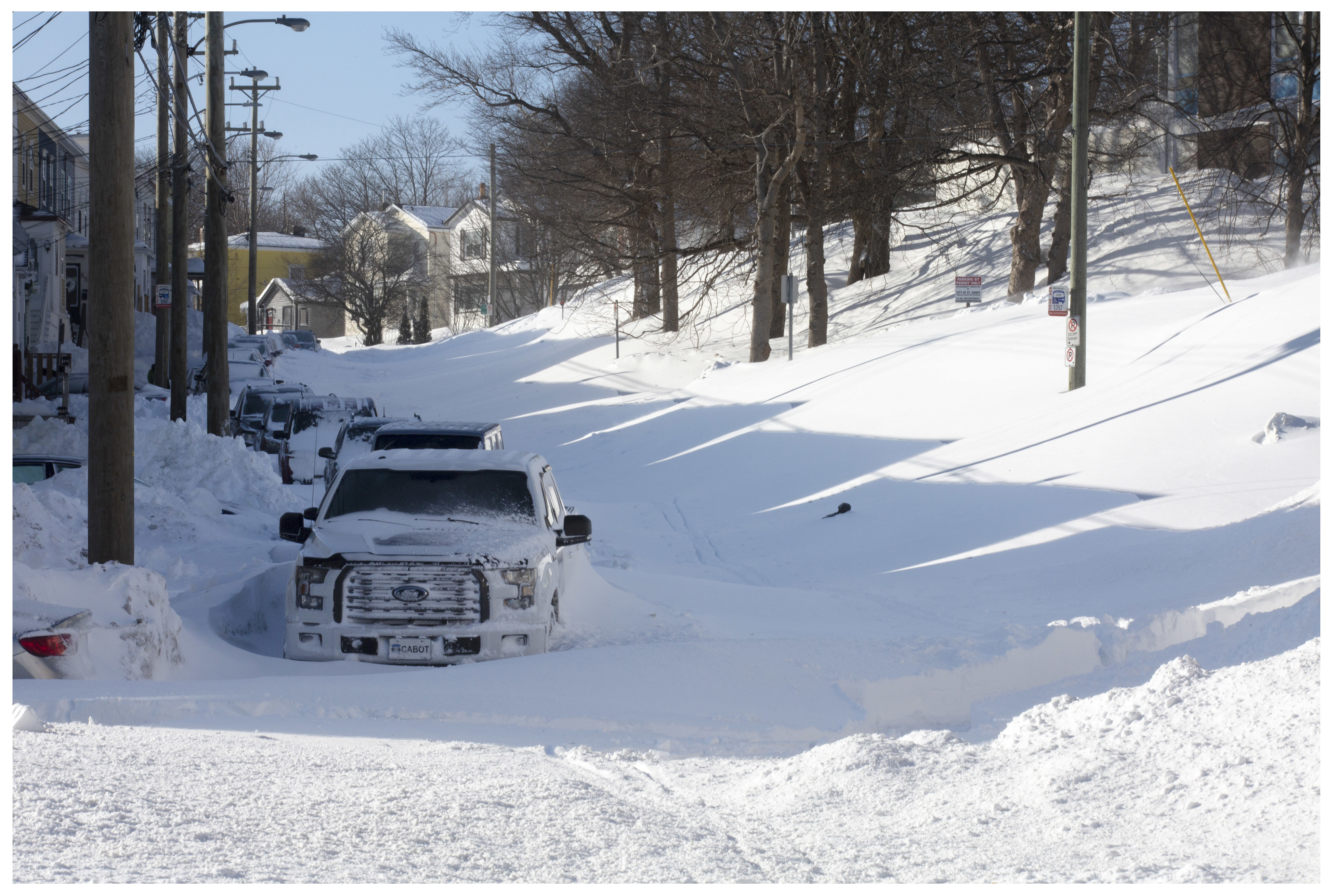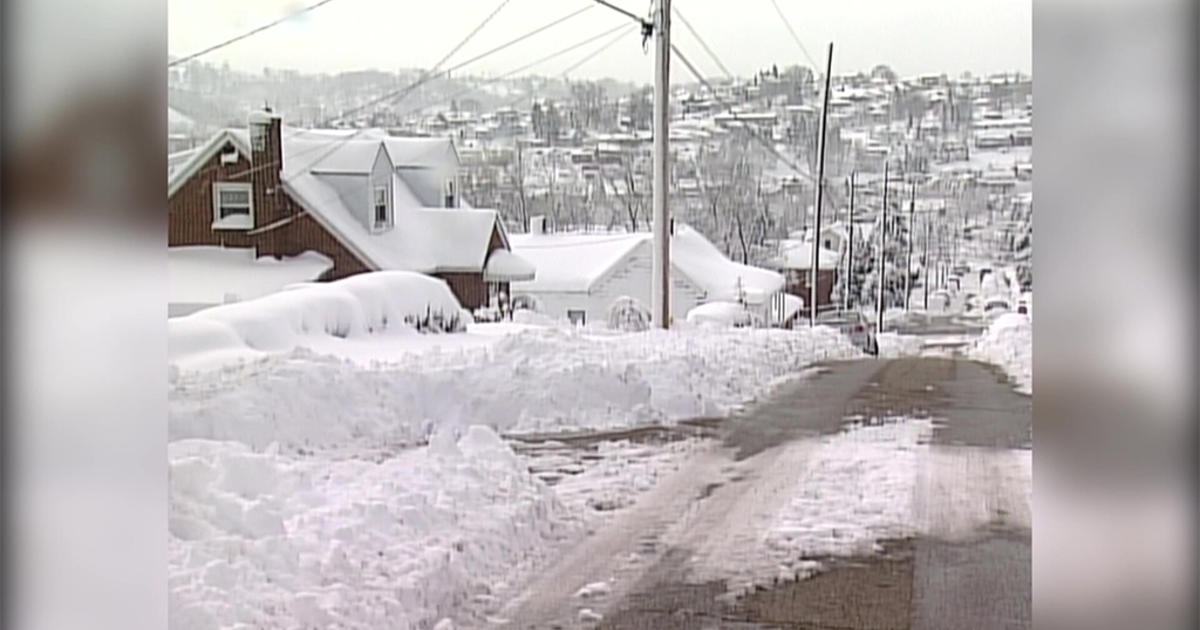Boston's Snowmageddon: Are We Prepared For The Next One?
Boston, Massachusetts, has experienced its fair share of snowy winters, but one particular event stands out in the annals of winter weather: Snowmageddon. The blizzard of 2013 brought a record-breaking 24 inches of snow to the city, crippling transportation systems, power grids, and daily life for millions of people. In this article, we'll examine the impact of Snowmageddon, the steps taken to mitigate its effects, and whether Boston is truly prepared for the next big snowfall.
Boston's history with snow is nothing new. The city has been experiencing snowfall since the early 1800s, with some winters seeing more snow than others. However, it was Snowmageddon that brought the city's winter preparedness to the forefront. The event exposed weaknesses in the city's infrastructure, from its snow removal procedures to its power grid management. As a result, the city has been working tirelessly to upgrade its systems and improve its ability to handle extreme weather events.
Understanding Snowmageddon
Statistics
• 24 inches of snow fell in a 24-hour period, making it the biggest snowfall in Boston's history
• Over 250,000 residents were without power for at least part of the storm
• Roads and highways were closed for days, with some areas seeing no clear dates for reopening
• The city's snow removal budget was exceeded by 75%
The sheer magnitude of Snowmageddon's impact was staggering. The storm crippled Boston's transportation systems, making it difficult for people to get to work, school, or their homes. The power grid was also severely tested, with many residents losing electricity for hours or even days. The financial toll of the storm was also significant, with some residents facing bills for up to $10,000 in damages.
Lessons Learned
A Review of Boston's Response
In the aftermath of Snowmageddon, the city and its residents conducted a thorough review of what went wrong and how to improve future responses. Some key takeaways from the review include:
- Improving the city's snow removal procedures, including increasing the size and number of snowplows and salt trucks
- Enhancing the power grid's ability to handle extreme weather events, including investing in new infrastructure and training for utility workers
- Developing more effective communication strategies for keeping residents informed about the storm's progress and the city's response
Implementing Changes
Snow Removal Procedures
The city has implemented several changes to its snow removal procedures in an effort to improve its response to future storms. Some of these changes include:
- Increasing the size and number of snowplows and salt trucks to better cover the city's streets
- Implementing a new snow removal protocol that prioritizes emergency routes and critical infrastructure
- Investing in new equipment, including snowplows with advanced navigation systems and salt trucks with improved durability
Power Grid Management
The city has also made significant investments in its power grid to improve its ability to handle extreme weather events. Some of these changes include:
- Upgrading the city's power grid to include more advanced infrastructure, such as smart grid technology and backup power systems
- Investing in new training programs for utility workers to ensure they are equipped to handle extreme weather events
- Developing more effective communication strategies for keeping residents informed about the storm's progress and the city's response
Preparing for the Next Storm
While the city has made significant progress in preparing for the next big snowfall, there is still much work to be done. Some areas for improvement include:
- Increasing the city's snow removal budget to ensure that the city has the necessary resources to handle extreme weather events
- Enhancing the city's emergency response protocols to include more advanced communication systems and training for emergency responders
- Developing more effective strategies for keeping residents informed about the storm's progress and the city's response
Community Involvement
Engaging with the community is crucial in preparing for and responding to extreme weather events. Some ways that residents can get involved include:
- Joining a neighborhood snow removal team to help clear streets and sidewalks
- Volunteering with local organizations to help distribute supplies and provide support to those in need
- Participating in city-sponsored emergency preparedness events to learn more about how to stay safe during extreme weather events
Conclusion
Boston's Snowmageddon was a wake-up call for the city, highlighting the need for improved winter preparedness and infrastructure. While the city has made significant progress in addressing these issues, there is still much work to be done. By engaging with the community and investing in new infrastructure and training, Boston can be better prepared for the next big snowfall and minimize the impact of extreme weather events on its residents.
Is Tony Hinchcliff Married
Mara Corday
Kate Winsletrome
Article Recommendations
- Aaron Hernandez Wife Net Worth 2024
- Lorne Greene Height
- Michael Mando Partner
- Aishahofey Fans
- Pinoy Candal
- Girl Meets Farm Cancelled
- Dennis Tissington Verdict
- Karen Velez
- Yasmin Abdallah
- Aubreigh Wyatt Note



